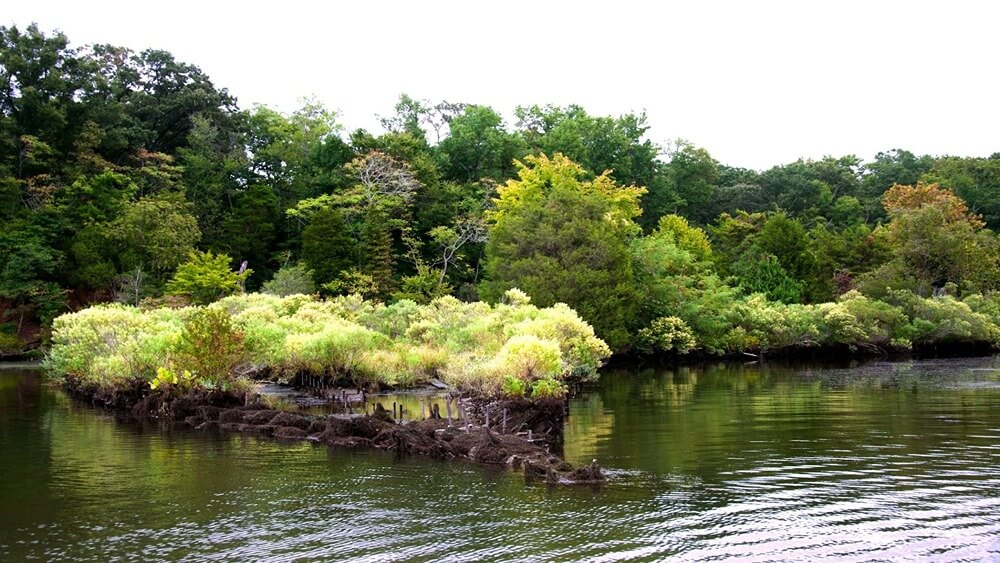Mallows Bay-Potomac River

Click on individual links below to learn more about the immediate science needs for critical management issues. For a full list of management issues and science needs, please review the MPNMS Management Plan. To contact us about the science needs described below, contact the Sanctuary Research Coordinators.
Monitoring the myriad impacts of climate change on ecological and maritime heritage resources, including the longevity of sanctuary shipwrecks, is a priority for Mallows Bay-Potomac River National Marine Sanctuary management. (Updated January 2023)
Assessing habitats, identifying the species present, and analyzing the ecological niches that characterize biological resources is important for providing a baseline to inform the Mallows Bay-Potomac River National Marine Sanctuary co-management team. (Updated January 2023)
Documenting and monitoring maritime cultural heritage resources are critical components of Mallows Bay-Potomac River National Marine Sanctuary management and will improve understanding of the story of the sanctuary and surrounding area. (Updated January 2023)
Mallows Bay-Potomac River National Marine Sanctuary has a rich maritime cultural landscape, which includes historical, cultural, and natural resources and human habitation dating back thousands of years. A complete and rigorous analysis of this landscape, inclusive of all peoples through time and their connection to the maritime resources, is an important management goal. (Updated January 2023)
Assessing water quality and monitoring any changes both spatially and temporally are important for protecting biological and maritime heritage resources in Mallows Bay-Potomac River National Marine Sanctuary. (Updated January 2023)

